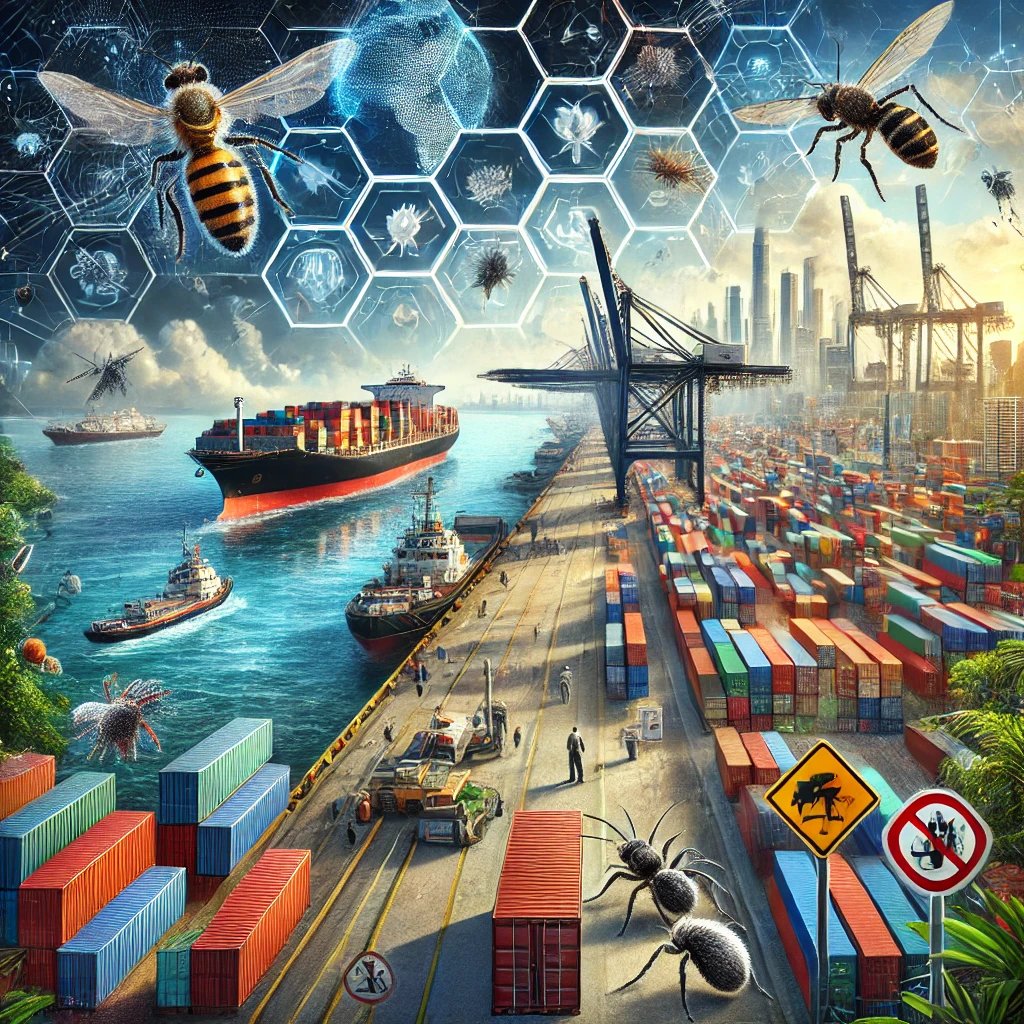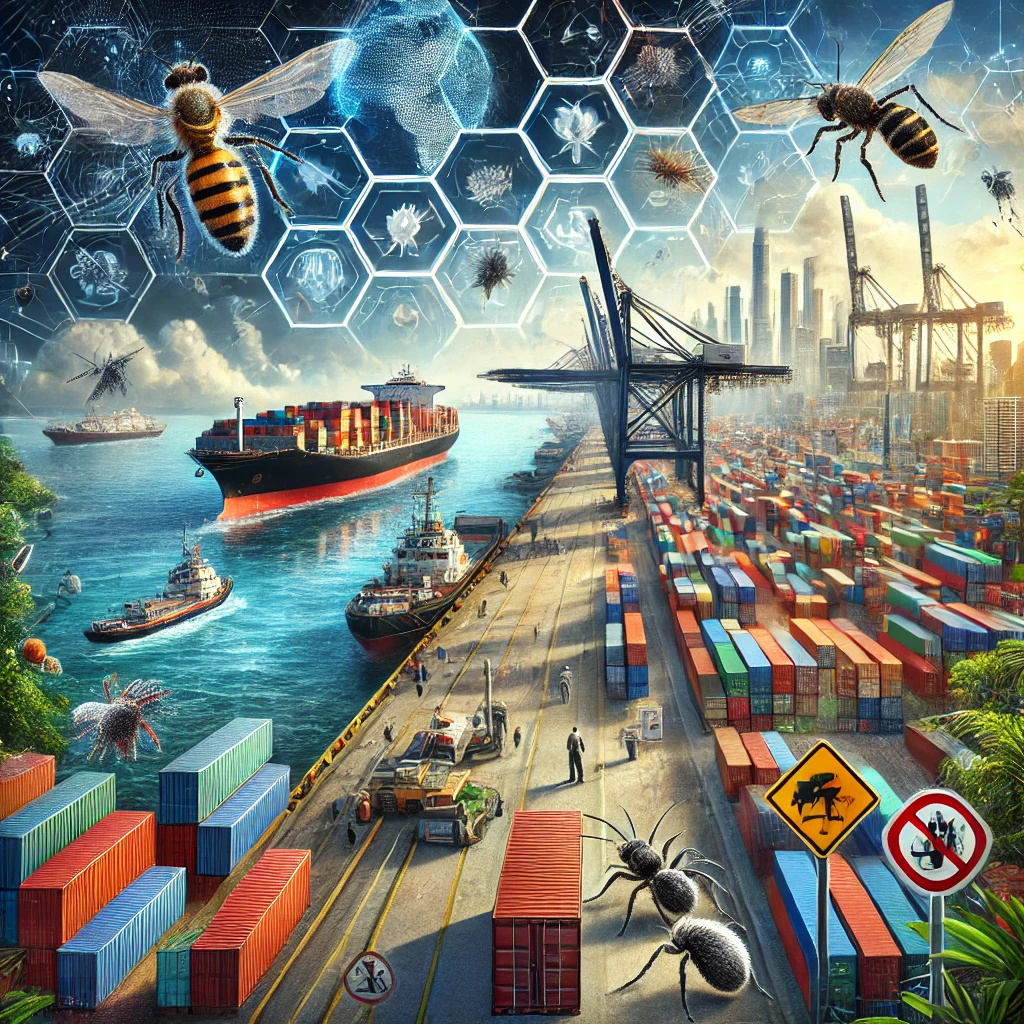
Introduction
Global trade has significantly influenced the spread of invasive pests, impacting ecosystems and economies worldwide. The increased movement of goods and people has inadvertently facilitated the dispersal of pests beyond their native regions. Understanding these impacts is crucial for developing effective management strategies and mitigating the risks associated with invasive species.
Global Trade and Pest Introduction
The expansion of global trade has introduced invasive pests to new environments. Goods transported across borders can harbor pests and their eggs, leading to their establishment in non-native areas. For example, imported plants and agricultural products can carry pests that were previously absent from the receiving regions. This unintentional introduction disrupts local ecosystems and agriculture, as new pests can outcompete native species and damage crops.
Economic Consequences
The economic impact of invasive pests due to global trade is substantial. Invasive species can cause significant damage to crops, forests, and infrastructure, leading to increased costs for pest control and management. Additionally, infestations can reduce agricultural yields, affecting food security and economic stability. The costs associated with eradicating or controlling these pests often fall on governments and industries, adding financial burdens to the economy.
Environmental Implications
Invasive pests can have severe environmental implications. They often disrupt local ecosystems by preying on native species, altering habitat structures, and competing for resources. This disruption can lead to a loss of biodiversity and changes in ecosystem functions. For instance, invasive insects may decimate native plants, affecting entire food chains and ecological balance. The environmental impact underscores the need for effective monitoring and response strategies to protect native ecosystems.
Mitigation Strategies
To address the spread of invasive pests through global trade, several mitigation strategies are employed. Quarantine measures and inspection protocols are essential to prevent the entry of pests through imports. International collaboration and information sharing help track and manage pest outbreaks. Additionally, developing and implementing pest risk assessment tools can aid in predicting and preventing potential invasions. Effective education and training for trade and agricultural professionals also play a crucial role in managing pest risks.
Future Outlook
The future of managing invasive pests in the context of global trade will likely involve advanced technologies and international cooperation. Innovations such as pest detection systems, genetic analysis, and remote sensing can enhance monitoring and response efforts. Strengthening global agreements and trade regulations will also be crucial in preventing the spread of invasive pests. Continued research and adaptation to emerging threats will help safeguard ecosystems and economies from the impacts of invasive species.
Conclusion
Global trade has had a profound impact on the spread of invasive pests, affecting both the environment and the economy. Understanding this impact is essential for developing effective strategies to manage and prevent pest invasions. By implementing comprehensive measures and fostering international cooperation, we can mitigate the risks associated with invasive pests and protect global ecosystems.

